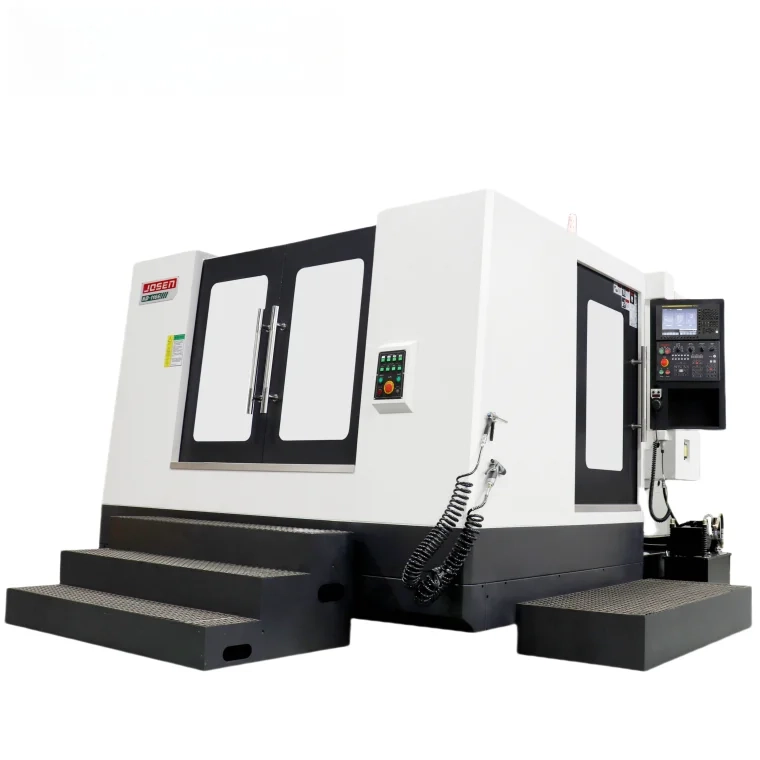In the realm of modern HVAC (Heating, Ventilation, and Air Conditioning) systems, the terms ERV (Energy Recovery Ventilator) and HRV (Heat Recovery Ventilator) frequently surface, particularly in discussions surrounding energy efficiency and indoor air quality. While both systems serve the essential function of improving ventilation and reducing energy costs, they operate on different principles and are suited for different environments. This article delves into the intricacies of ERV and HRV systems, highlighting their differences, applications, and benefits to help you make an informed decision for your indoor air quality needs.
What Are ERV and HRV Systems?
Before diving into the differences, it’s crucial to understand what each system does. Both ERVs and HRVs are designed to exchange stale indoor air with fresh outdoor air while recovering energy from the exhausted air. This process not only enhances indoor air quality but also minimizes the energy required to heat or cool the incoming air.
- ERV (Energy Recovery Ventilator): An ERV system transfers both heat and moisture between the incoming and outgoing air streams. This dual exchange makes ERVs particularly effective in climates where humidity levels fluctuate significantly. By balancing indoor humidity, ERVs help maintain comfort levels and reduce the load on HVAC systems.
- HRV (Heat Recovery Ventilator): An HRV system, on the other hand, focuses solely on heat exchange. It transfers thermal energy from the outgoing air to the incoming air without transferring moisture. HRVs are ideal for colder climates where maintaining heat is crucial, and excess humidity is less of a concern.
Key Differences Between ERV and HRV
- Moisture Transfer:
- ERV: Capable of transferring both heat and moisture, making it suitable for areas with high humidity or where humidity control is necessary.
- HRV: Transfers only heat, which can lead to dry indoor air in humid climates, potentially causing discomfort and health issues.
- Climate Suitability:
- ERV: Best suited for moderate to humid climates where humidity control is essential. It helps prevent excessive moisture buildup indoors, which can lead to mold growth and other issues.
- HRV: Ideal for cold or dry climates where humidity levels are typically low. It efficiently recovers heat without introducing additional moisture, maintaining a comfortable indoor environment.
- Energy Efficiency:
- ERV: Generally more energy-efficient in humid climates due to its ability to manage both heat and moisture. This efficiency can lead to lower energy bills and a reduced environmental footprint.
- HRV: While still energy-efficient, HRVs may not perform as well in humid conditions, as they do not address moisture levels, potentially leading to increased energy costs for dehumidification.
- Installation and Maintenance:
- ERV: Installation can be more complex due to the need for additional ductwork to manage moisture. Regular maintenance is essential to ensure the moisture exchange components function correctly.
- HRV: Typically easier to install and maintain, as it focuses solely on heat exchange. However, it still requires regular filter changes and system checks to ensure optimal performance.
Benefits of ERV and HRV Systems
Both ERV and HRV systems offer significant benefits, including:
- Improved Indoor Air Quality: Both systems effectively remove stale air and pollutants, enhancing the overall air quality in your home or building.
- Energy Savings: By recovering energy from outgoing air, both systems reduce the workload on HVAC systems, leading to lower energy bills.
- Comfort: Maintaining a balanced indoor environment contributes to overall comfort, reducing the likelihood of issues related to humidity or temperature fluctuations.
Conclusion: Choosing the Right System for Your Needs
When deciding between an ERV and an HRV system, consider your local climate, humidity levels, and specific indoor air quality needs. If you live in a humid area and require moisture control, an ERV may be the best choice. Conversely, if you reside in a colder, drier climate, an HRV could be more suitable.





+ There are no comments
Add yours